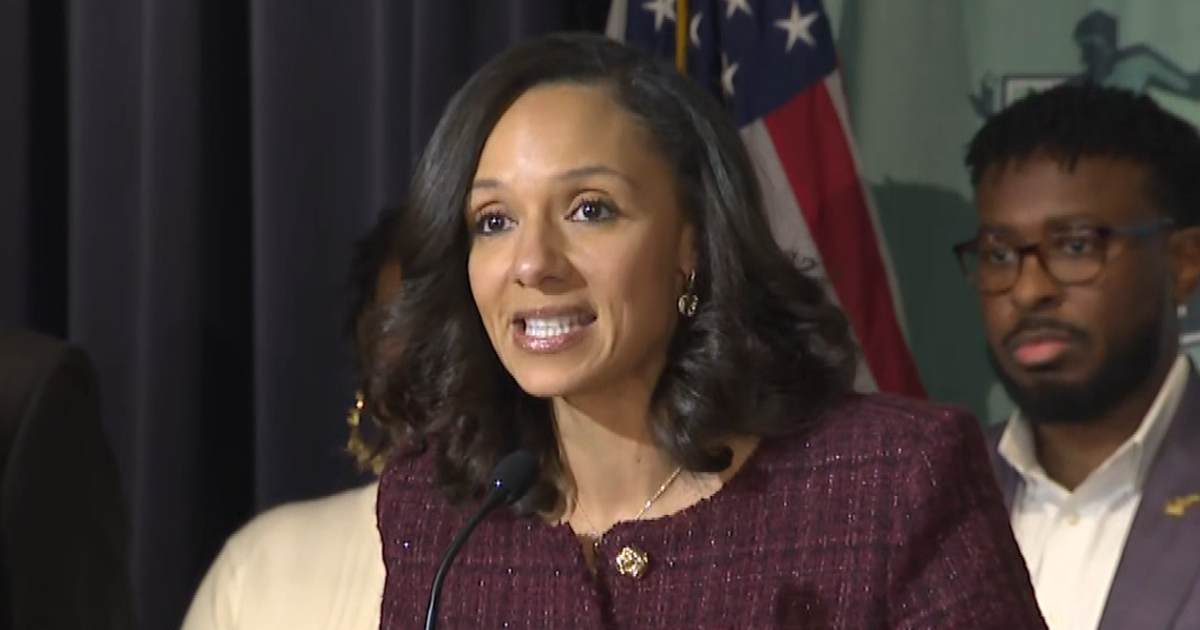Eviction moratorium, enhanced unemployment: Here's when pandemic-related help is ending
As the coronavirus pandemic swept the country starting in March 2020, Congress and federal agencies stepped in to help keep millions of people in their homes, put food on tables, pay bills and household expenses for those who lost their jobs and more. In total, Congress passed more than $5.4 trillion in aid in just over a year.
These actions helped fuel a massive reduction in poverty in America in 2021. A recent report by the Urban Institute projected a combination of benefits already in place and pandemic-related aid such as enhanced unemployment, along with federal stimulus payments and increased food assistance, would keep nearly 50 million Americans out of poverty in 2021, reducing poverty by 67% compared with what it would have been otherwise.
But as more people become vaccinated and businesses reopen, many of the programs to help Americans amid the pandemic are ending — despite a recent rise in coronavirus cases spurred by the Delta variant and a lack of vaccinations in some communities.
Here's when programs are expected to end:
Eviction moratorium
More than 7.4 million households are behind on rent, according to the latest Census Bureau's Household Pulse Survey, from early July and millions are living in fear of eviction. The federal eviction moratorium extended by the Centers for Disease Control and Prevention ended July 31. But days later, the CDC issued a new, more targeted moratorium that includes about 80% of counties in the U.S. and will expire on October 3.
Officials are still scrambling to get rental assistance passed as part of coronavirus relief legislation to those who need to pay back rent, utilities and in some cases future rent to help stave off evictions. As of the end of June, $3 billion — of the more $46 billion allocated by Congress — had gone out across the country. More money is expected to go out to households in the coming months.
The White House initially said it would not be able to extend the moratorium, based on a Supreme Court ruling in June and instead called on Congress to act. Democratic lawmakers went back and forth with the White House as the moratorium expired at the end of July over who had the authority to extend it before the administration reversed course and issued the new 60-day moratorium amid rising coronavirus cases.
Increased food benefits
More than 43 million low-income people participate in the federal food assistance program known as SNAP. When the pandemic struck, states were able to increase those benefits to the maximum levels allowed per household, which amounted to hundreds in additional help for some families. While some states are working with the Department of Agriculture to extend maximum benefits through the end of the year, in some states, those are already returning to pre-pandemic levels.
Meanwhile, Congress passed a 15% increase of SNAP benefits in December which was extended under the American Rescue Plan. That increase is set to expire at the end of September. Now, some lawmakers have called for SNAP benefit levels to be raised moving forward. At the same time, the Biden administration is in the process of revising the plan used to determine SNAP benefits, which is considered by multiple experts to be out of date and could lead to increased benefits in the future.
Enhanced unemployment benefits
When the pandemic hit, Congress passed legislation providing for additional unemployment benefits for workers as the country shut down. They also added new programs for those who did not qualify for traditional unemployment benefits, like gig workers, and benefits for those who were unemployed long-term. The supplemental $300 weekly unemployment benefits, as well as pandemic-related unemployment programs, end nationally September 6.
This comes as 26 states, all but one led by Republicans, have already moved to end the enhanced unemployment benefits early. Workers in several of those states have sued successfully allowing the increased benefits in their states to return or continue. Mr. Biden has indicated an extension past September is unlikely. But a White House spokesperson on Thursday said the administration is keeping an eye on it.
Earlier this year, Democratic Senators Ron Wyden and Michael Bennet proposed overhauling the unemployment insurance program all together, arguing it needs to be updated to prepare for the next recession. But Republican lawmakers have historically opposed expanding unemployment benefits.
Student loan payment pause
Millions of Americans who owe student loans haven't had to pay since the beginning of the pandemic, thanks to a pause implemented by the Trump administration and extended through September by Mr. Biden. Borrowers also saw their interest rates set to zero percent, which will also end when payments resume. In August, the Education Department announced the pause would be extended through the end of January 2022.
The vast majority — 90% — of federal student loan borrowers say they are not ready to resume payments in October, according to a recent survey by the advocacy organization Student Debt Crisis. A group of Democratic lawmakers called on Mr. Biden to extend the student loan payment pause through next March or when employment returns to pre-pandemic levels. The lawmakers leading the effort said they were pleased with the extension, but doesn't g far enough, calling on the administration to cancel student debt.
Mortgage forbearance
Since March 2020, millions of homeowners facing financial hardship due to the pandemic have been able to temporarily pause or reduce mortgage payments. Initial forbearance plans for federally backed loans were three to six months, but could be extended up to 12 months. Some were eligible for up to 18 months of forbearance.
Homeowners who have mortgages backed by the Federal Housing Administration, the USDA or the Department of Veterans Affairs can request an initial forbearance up until the end of September. Those with loans backed by Fannie Mae or Freddie Mac do not have a deadline.
While nearly 7.2 million households took advantage of forbearance options, approximately 1.75 million Americans remained in forbearance as of late July. The Biden administration has also announced options for borrowers to modify their loans and reduce payments, and the Treasury Department has distributed $742 million to states and territories to help keep people in their homes. The Treasury also extended the deadline for states and territories to submit plans to receive money to help homeowners.
Monthly Child Tax Credit payments
Under the American Rescue Plan, eligible families are getting $300 a month per child under the age of 6 and $250 a month per child ages 6 to 17. Roughly 36 million households received the payments starting July 15 and will through December. Eligible families receiving the full amounts include couples making up to $150,000 and single parent head of households making up to $112,500. The move is being hailed by child advocates for nearly cutting the child poverty rate in half.
While the legislation only expanded the Child Tax Credit and allowed the advance monthly payments for the second half of 2021, Democratic lawmakers and the Biden administration are pushing to extend the advanced increased payments.
Mr. Biden, who supports making them permanent, has proposed extending the payments through 2025 as part of his American Families Plan. The provision is set to be part of the $3.5 trillion budget reconciliation package being worked on by Senate Democrats.





